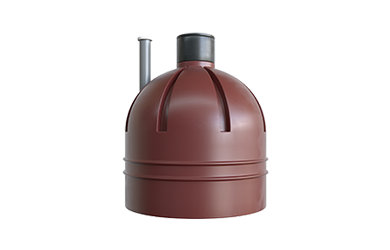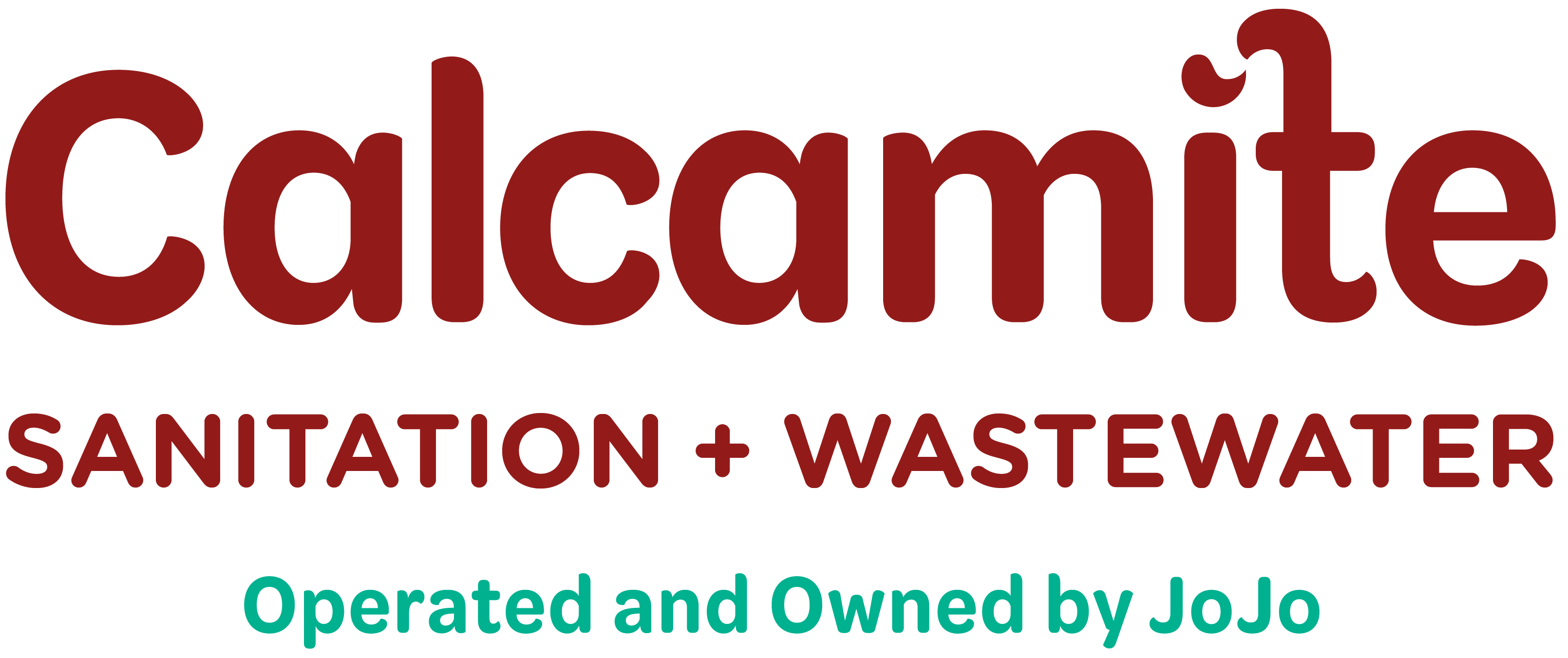On-site wastewater
management products
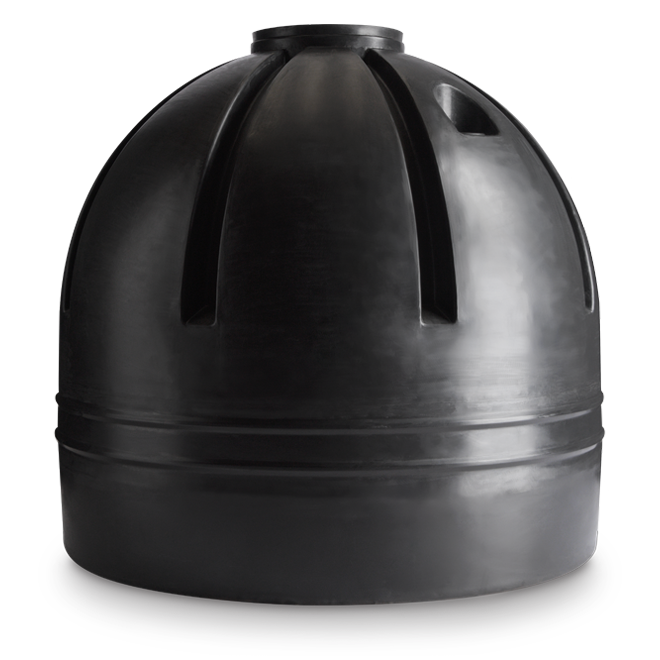
Septic tanks - Standard
Our standard septic tanks utilise the same unique double chamber as our SABS-certified range to allow for effective separation of solids and fats. This also yields cleaner effluent discharge than conventionally built septic tanks. Combined with our infiltration chambers, they offer less-invasive, more cost-effective on-site sanitation solutions. Modular units are also available if increased capacity is required.
Size
Dimensions
Lid
Max People
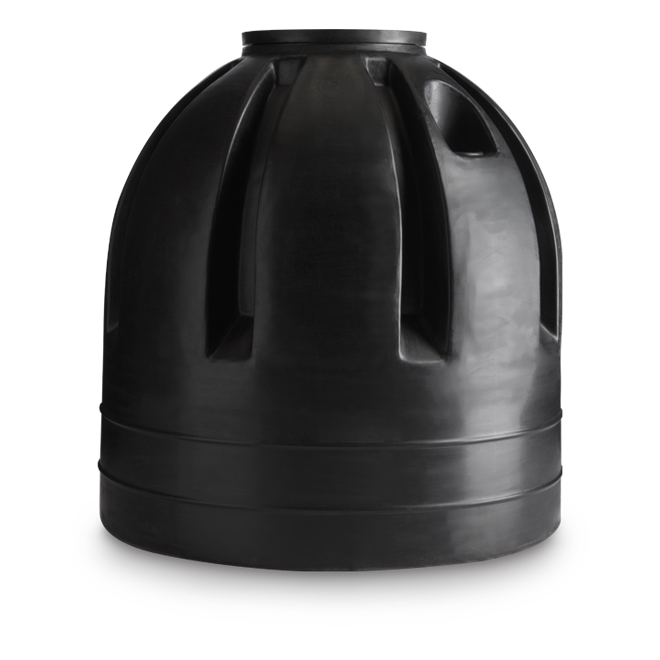
Standard septic tank
Standard colour/s
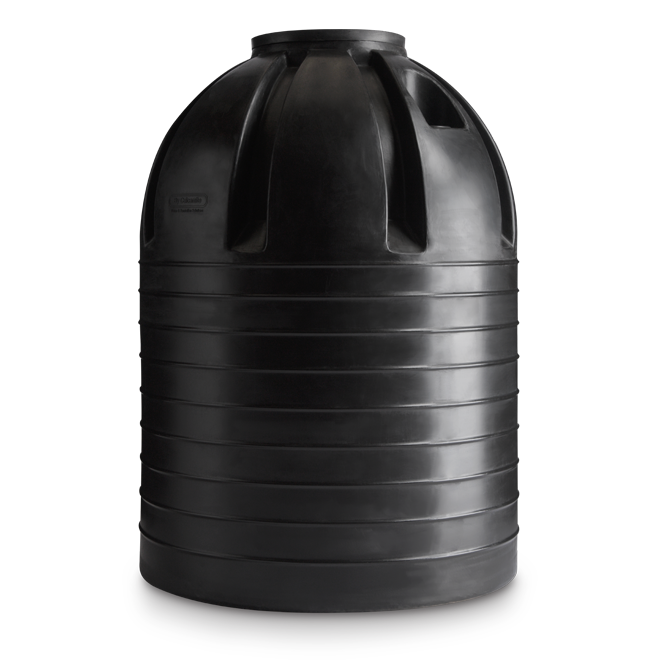
Standard septic tank
Standard colour/s
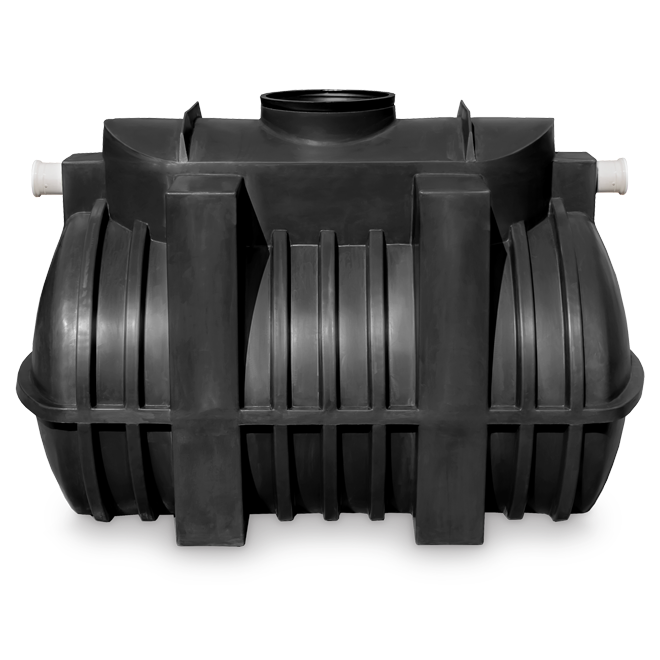
Standard septic tank
Standard colour/s

Standard septic tank
Standard colour/s
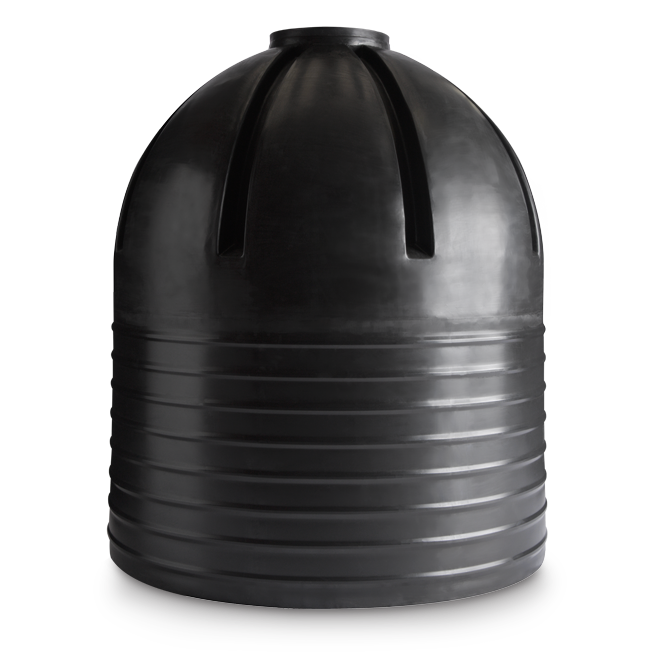
Standard septic tank
Standard colour/s
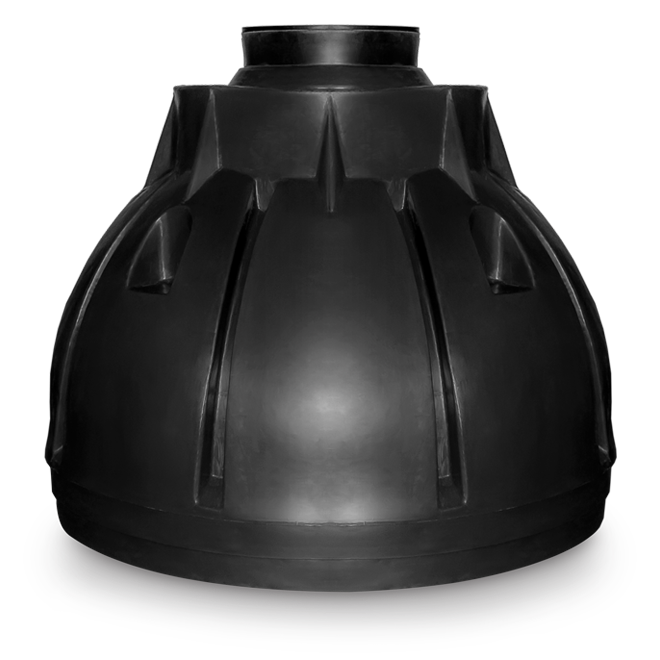
Standard septic tank
Standard colour/s

Size
1000LDimensions
1294mm (h) x 1200mm (d)Lid
460mmMax People
4Standard septic tank
Standard colour/s

Size
1500LDimensions
1640mm (h) x 1200mm (d)Lid
460mmMax People
6Standard septic tank
Standard colour/s

Size
2500LDimensions
1250mm (h) x 1340mm (w) x 2350mm (l)Lid
460mmMax People
9Standard septic tank
Standard colour/s

Size
3000LDimensions
1646mm (h) x 1700mm (d)Lid
460mmMax People
12Standard septic tank
Standard colour/s

Size
4500LDimensions
2000mm (h) x 1700mm (d)Lid
460mmMax People
15Standard septic tank
Standard colour/s

Size
5400LDimensions
1999mm (h) x 2400mm (d)Lid
560mmMax People
25Standard septic tank
Standard colour/s
size
DIMENSIONS
LID
MAX PEOPLE

size
1000L
DIMENSIONS
1294mm (h) x 1200mm (d)
LID
460mm
MAX PEOPLE
4

size
1500L
DIMENSIONS
1640mm (h) x 1200mm (d)
LID
460mm
MAX PEOPLE
6

size
2500L
DIMENSIONS
1250mm (h) x 1340mm (w) x 2350mm (l)
LID
460mm
MAX PEOPLE
9

size
3000L
DIMENSIONS
1646mm (h) x 1700mm (d)
LID
460mm
MAX PEOPLE
12

size
4500L
DIMENSIONS
2000mm (h) x 1700mm (d)
LID
460mm
MAX PEOPLE
15

size
5400L
DIMENSIONS
1999mm (h) x 2400mm (d)
LID
560mm
MAX PEOPLE
25
Enquire
BEST SOLUTION FIT FOR THESE PRODUCTS
BEST SOLUTION FIT FOR THESE PRODUCTS
Septic and conservancy tanks
Our SABS-certified range includes distinctive, two-chambered septic tanks that yield cleaner effluent than standard septic tanks, as well as conservancy tanks that prevent the contamination of soil and ground water. Both of which are available in modular units to allow for increased storage capacity when required.
